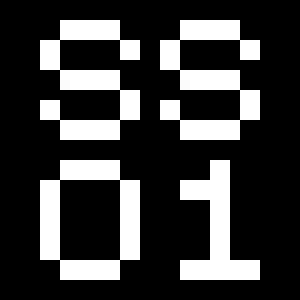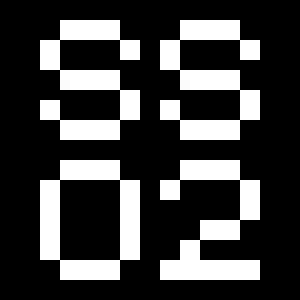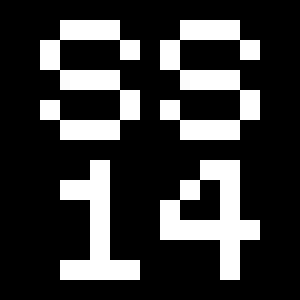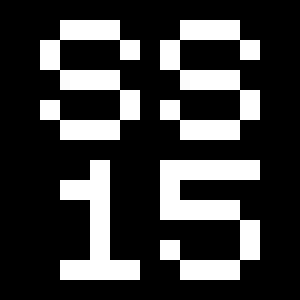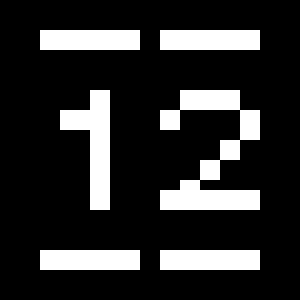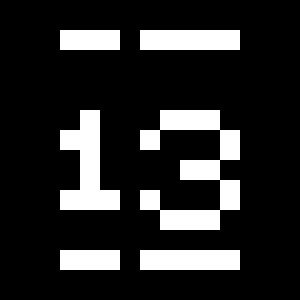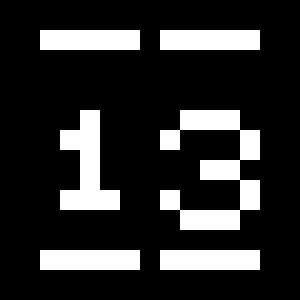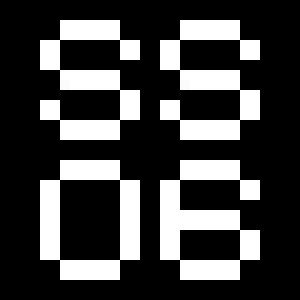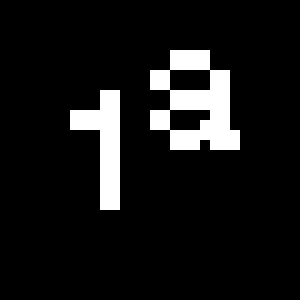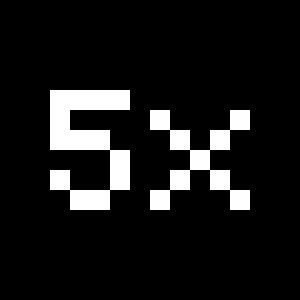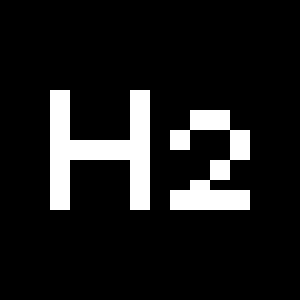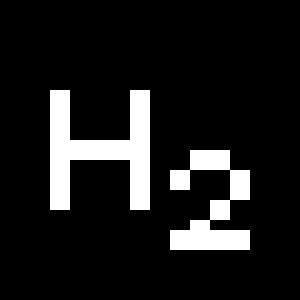Metodo
Metodo Mono
OpenType Features
«Optimo»
@|¦()[]{}¿¡‹›«»-–—·
«OPTIMO»
@|¦()[]{}¿¡‹›«»-–—·
retail
ŕŗř
retail
ŕŗř
Retail
ŔŖŘ
Retail
ŔŖŘ
0123456789
0123456789
0123456789
0123456789
0123456789
0123456789
3/4 3/8 5/8 7/8
3/4 3/8 5/8 7/8
up+down
+±×÷−=≈≠¬∞
up+down
+±×÷−=≈≠¬∞
Habcdefghijklmn
Hopqrstuvwxyz()[].,
Habcdefghijklmn
Hopqrstuvwxyz()[].,
Habcdefghijklmn
Hopqrstuvwxyz()[].,
Habcdefghijklmn
Hopqrstuvwxyz()[].,
Habcdefghijklmn
Hopqrstuvwxyz()[].,
Habcdefghijklmn
Hopqrstuvwxyz()[].,
Habcdefghijklmno
Hpqrstuvwxyz()[].,
Habcdefghijklmno
Hpqrstuvwxyz()[].,
fi ffi fl ffl ff
fi ffi fl ffl ff
Character Map
Uppercases
Lowercases
Accented Uppercases
Accented Lowercases
Stylistic Alternates
Standard Ligatures
Punctuation
Lining Figures
Slashed Zero
Numerators
Denominators
Superscripts/Superiors
Subscripts/Inferiors
Circled Numbers
Black Circled Numbers
Prebuilt Fractions
Symbols
Mathematical Symbols
Currencies
Arrows
Ordinals
About
Masterfully making the quantum leap from metal to digital, Metodo brings distinctly early twentieth century curves to a contemporary typeface. Designed by Davide Tomatis, the typeface appears as a substantive evolution from the lineage of typefaces that draw inspiration from a German type design that traveled and evolved through numerous European foundries under different names. Metodo captures the distinct physicality of early modernist typography with a refined drawing.
The original typeface was most likely developed by Wagner & Schmidt and released under the name Neue Moderne Grotesk. It was also listed in the catalogues of some of Europe’s most famous foundries at time under various names including: Aurora in Weber’s catalogues, Accidenz Grotesk in Haas’s catalogues, and Cairoli in Nebiolo’s catalogues, just to name a few of its pseudonyms. Soon ubiquitous, albeit remaining somewhat obscure, the typeface was notably used by Jan Tschichold, for the first edition of the Die Neue Typographie, which was published in 1928.
Davide Tomatis first started working with this typeface while completing his master’s of type design at École cantonale d’art de Lausanne in 2019. Upon graduating, Tomatis continued to meticulously investigate the specific feeling evoked by the original metal typeface through its particular curves and tensions (especially present in its rounded shapes). By preserving the typeface’s overall texture rather than faithfully reproducing its minute details, Tomatis gave Metodo a sophisticated design with a timeless character.
More about the collection >


